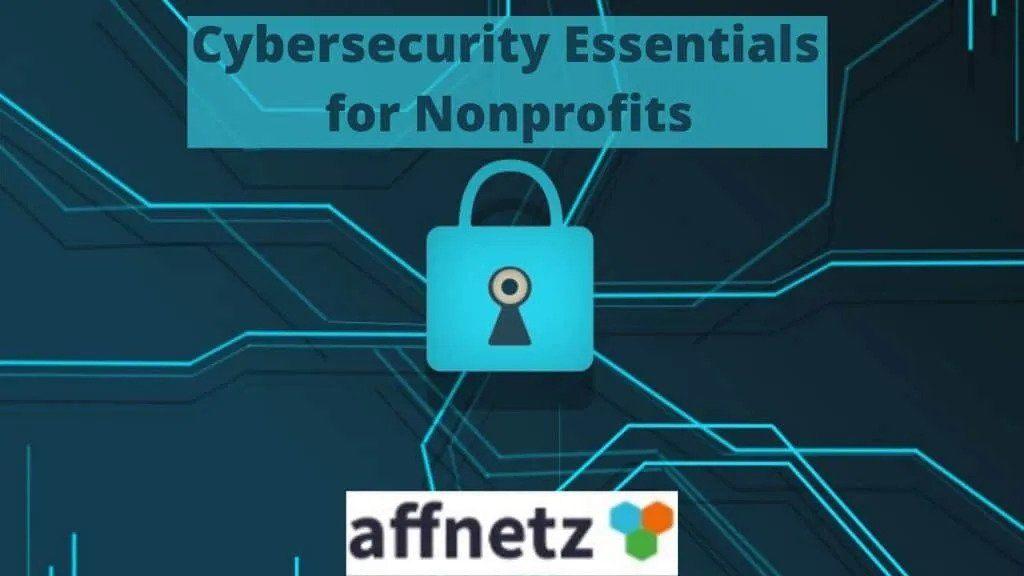Do You Have Fear of Making Fundraising Calls?, When you’re calling a donor or a fundraising prospect to set up a meeting or talk to them about your nonprofit organization, are you wondering if the person on the other end of the phone equates you with a telemarketer? Do you feel like you’re interrupting the other person’s day?
So, there’s a few things to unpack here – a) how do you shift your paradigm about making these types of calls, and b) how do you have more success at these kind of calls?
Overcoming Fear of Making Fundraising Calls
When it comes to overcoming fear of making a phone call to a donor or prospective donors, I’ve found saying the word ‘magnificent’ several times aloud before making the call helps. Why “magnificent” – because philanthropy is absolutely magnificent.
When you’re calling someone to meet and talk about philanthropy you’re providing them with a magnificent opportunity to invest in something that s/he/they/them can’t go out and buy.
Philanthropy binds us all together, building a better world whether through funding nutritious after school snacks at public housing learning centers or endowing a student award so hundreds of students can attend university. Whether $25 or $25M, philanthropy is a magnificent investment and opportunity to feel more connected with humanity.
So, the next time you’re phoning to set up a meeting, don’t think of telemarketing, think of the magnificent opportunity you’re offering. It works! Keep at it.
Succeeding at Making Fundraising Calls
The most critical success factor is shifting your paradigm to overcome your fear of making fundraising calls (see above). After that, there are several ways to structure your call to ensure success.
It probably comes as no surprise that the first thing you should do during a call is to introduce yourself. State your name and ensure that you state your title / association with the organization you are representing. For example, “Hi Isabel, I’m Mike Crum, and I’m a board member with the North Carolina Conservation Network…” You’re less likely to get stiff-armed once the person you’re calling realizes you’re a board member, volunteer, or staff member instead of someone not providing their name and talking fast above the cacophony of a call center.
Another thing that worked for a board that I was on, was when I hosted the board at my home for a phone-a-thon to past donors. Some of the board members came kicking-and-screaming, but being in a setting with other board members helped them realize they weren’t alone in making their calls. Plus, they weren’t allowed to leave until
they made their calls – i.e. no postponing until when they felt it was “the right time” to make a call! i.e. Never…..
Each board member was given 10 past donors to phone just to say thanks for giving, and to see if the donor had any questions. I set up a white board so we could all capture the highlights of our conversations.
Wouldn’t you know it, the board member most afraid of making calls got a $500 pledge on his first call! Other board members reported out on their calls on the white board, and the momentum beget momentum, and inspired everyone to make their calls. Some of the highlights of conversations included: “I wondered when you’d call…” and “Wow, it’s so nice to hear from a board member. Thanks for taking the time to call me and for your leadership.”
Although it wasn’t our primary objective, we ended up raising several thousand dollars in less than an hour. Best of all, we helped every board member connect with our donors – not by asking, but by promoting the organization and thanking donors. This created confidence for our future efforts, and created a culture of getting things done.
Using Affnetz, board members and fundraising volunteers can track and log their activity with donors through the task management system. Staff, as well as the board’s Fundraising Committee members, can track these tasks, and provide support to volunteers every step of the way. Volunteers can easily view the donors and prospects they’ve agreed to contact, and the File Manager functionality provides a portal for volunteers to access materials like cases for support, board lists, and the latest collateral to promote the organization – helping them maximize their time on contacting donors, instead of combing their email for the most recent documents and phonining staff for materials.
Author
Mike is a recognized expert, thought leader, advisor and speaker in the Nonprofit world. Over the past four decades, Mike served as an Executive Director, COO, see more




